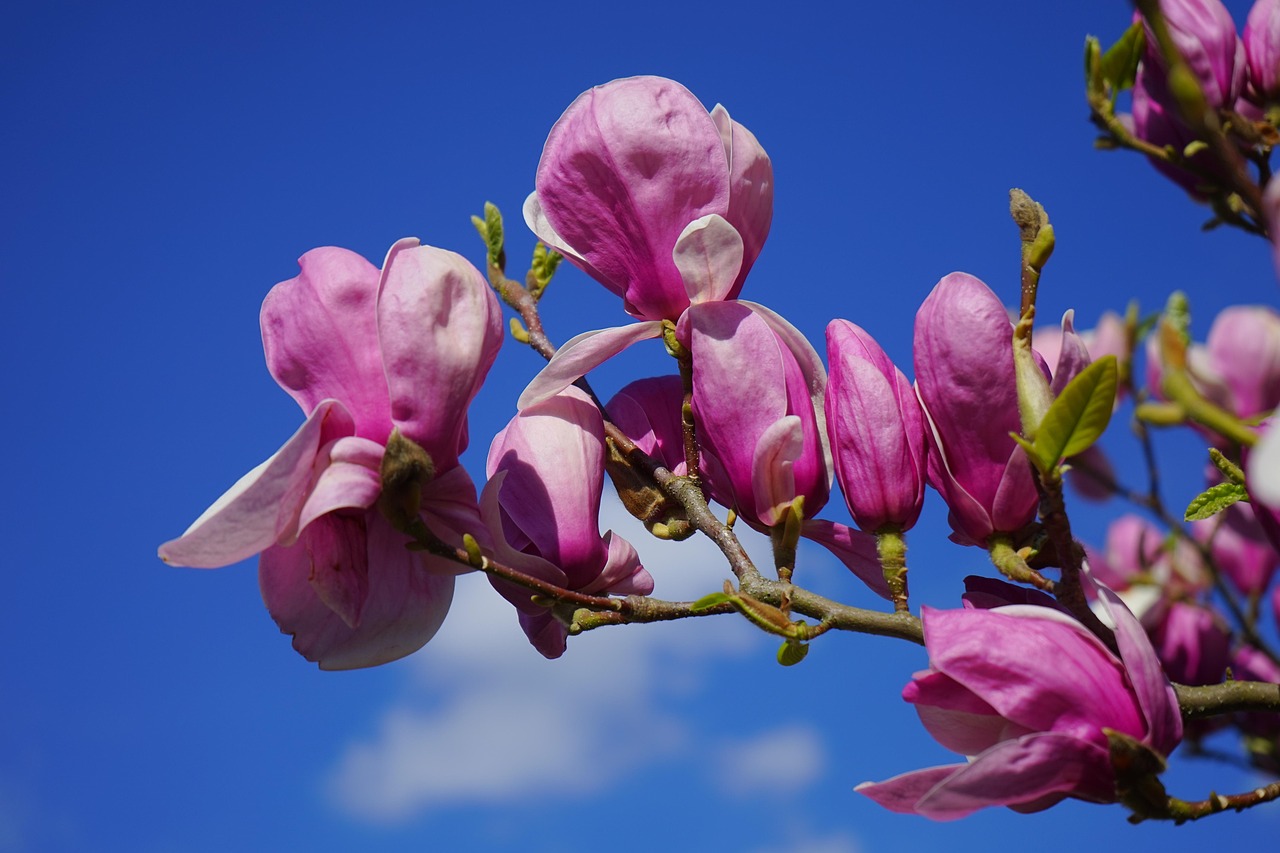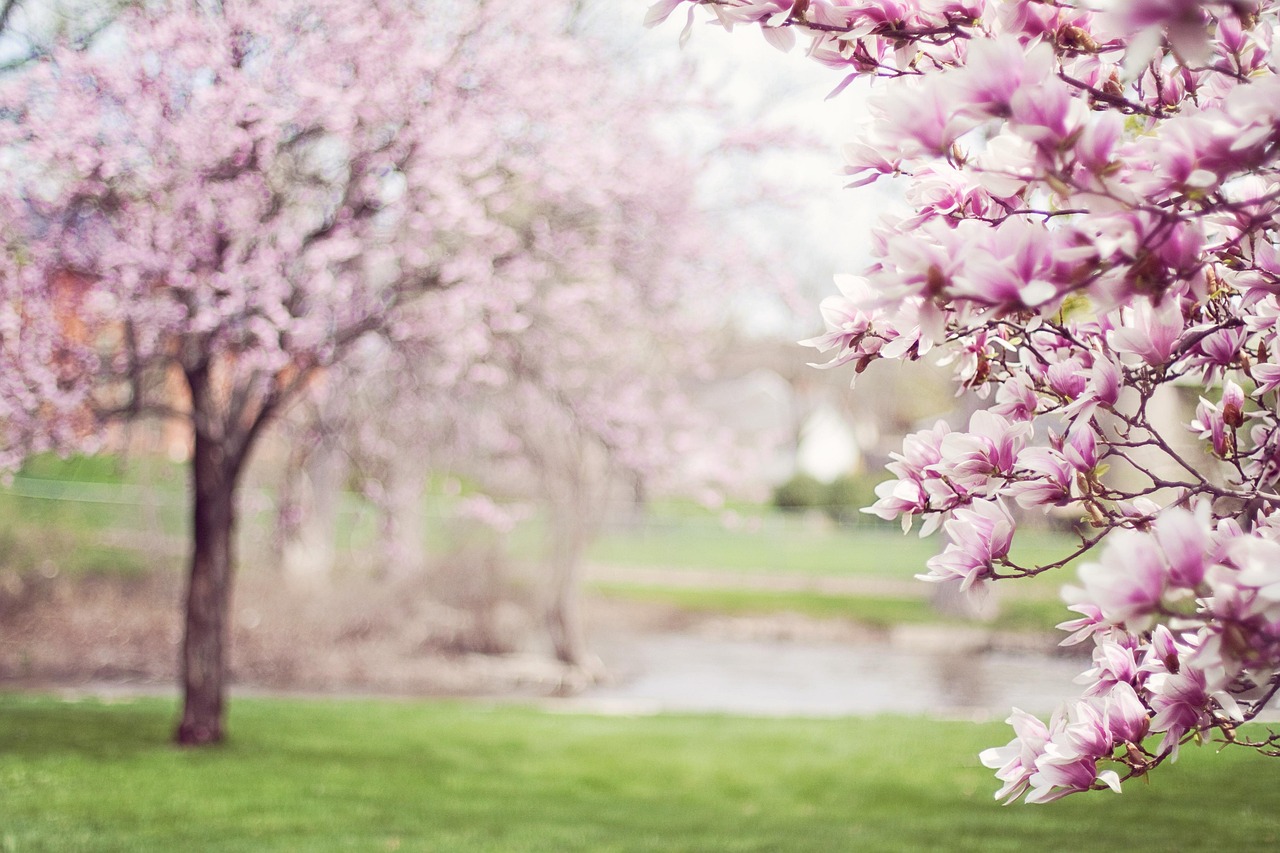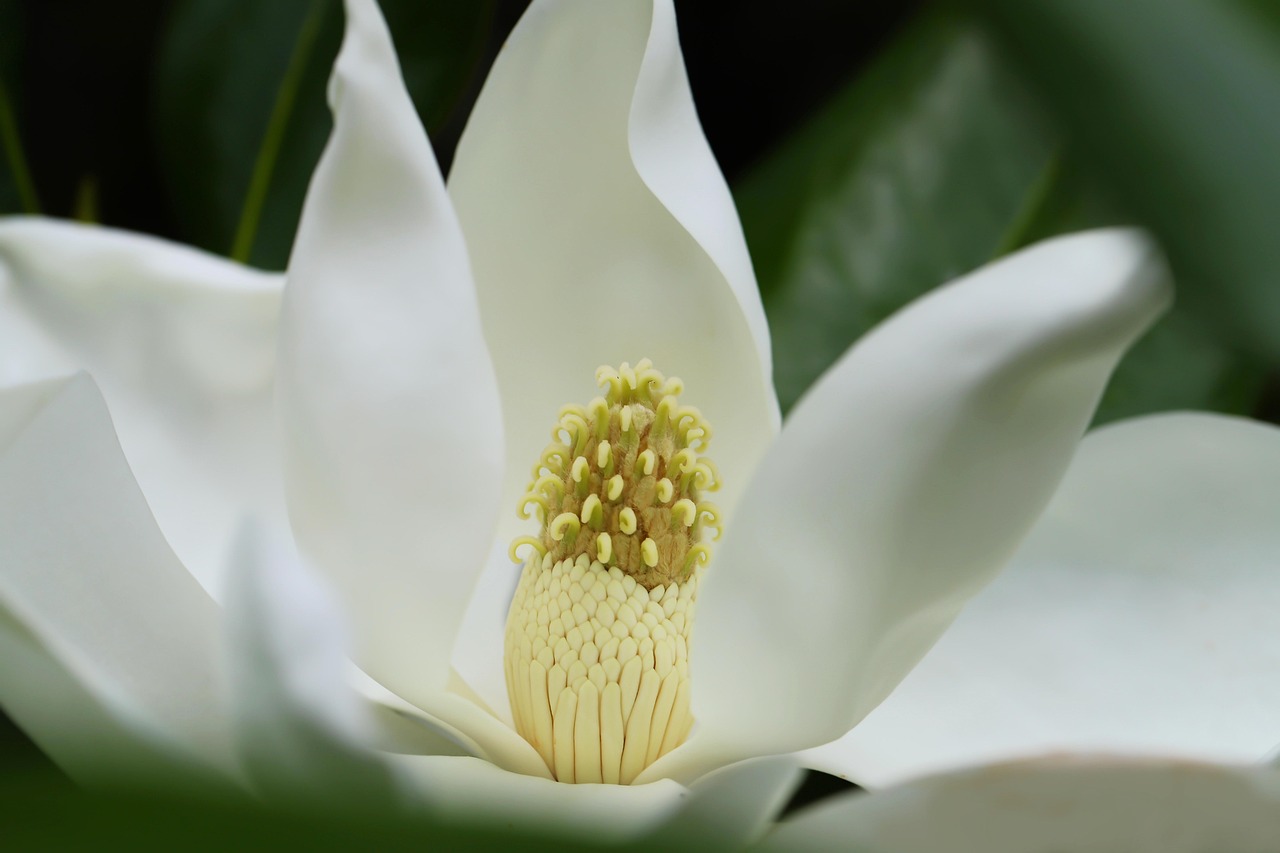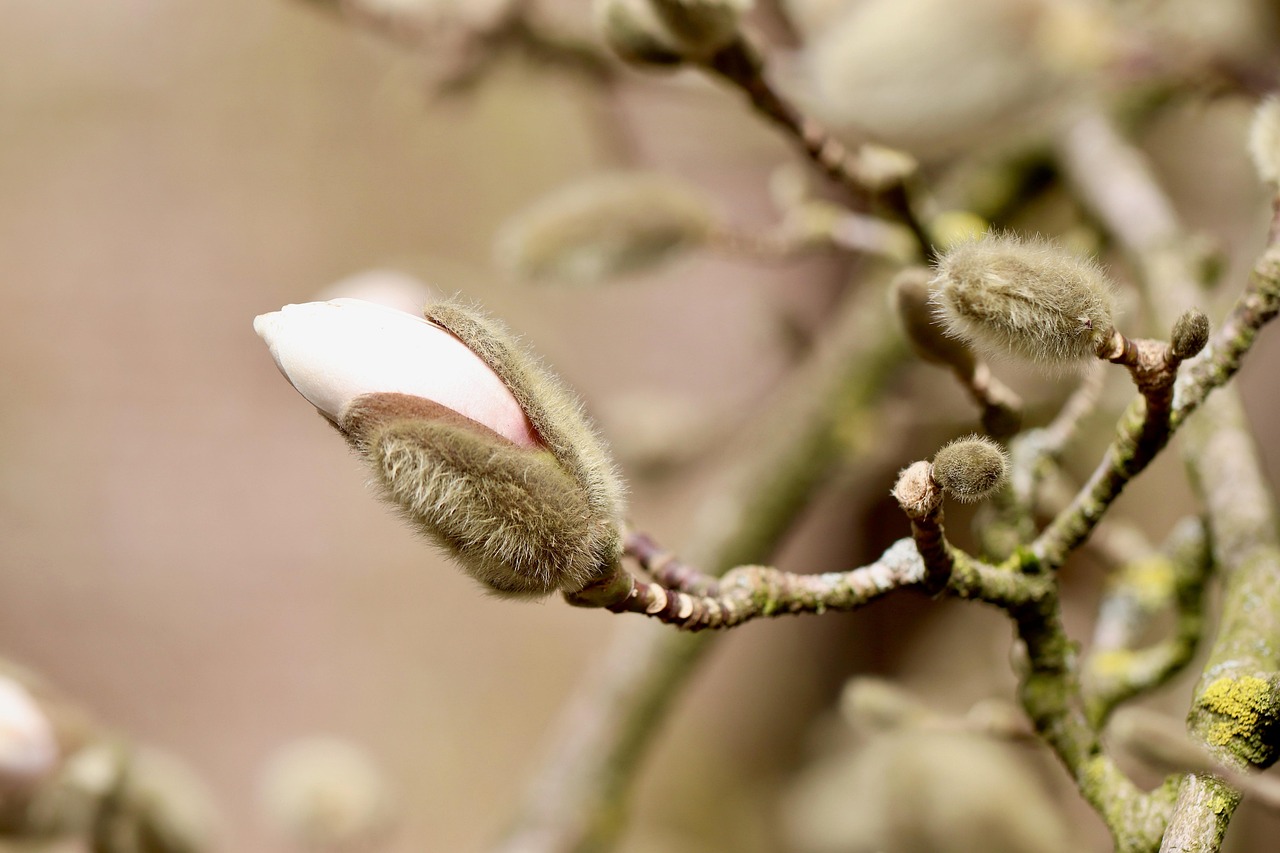Magnolia trees typically do not have invasive roots. Their root systems are generally shallow and spread out, making them less likely to cause damage to nearby structures or other plants. However, the specific root behavior can vary based on the species and environmental conditions.
Understanding Magnolia Trees

Magnolia trees are beloved for their stunning flowers, fragrant blooms, and glossy leaves. They belong to the Magnoliaceae family and include various species, each with unique characteristics. These trees can grow in a variety of climates, making them popular choices for landscaping across the United States.
Magnolias are often planted for their ornamental value. With their large, showy flowers and evergreen foliage, they can enhance the aesthetic appeal of gardens and parks. However, before planting a magnolia tree, it is essential to understand its growth habits, particularly its root system.
The Root System of Magnolia Trees
The root system of a magnolia tree plays a crucial role in its overall health and stability. Most magnolia species feature a shallow root system that spreads horizontally rather than growing deep into the ground. This characteristic helps the tree absorb moisture and nutrients from the upper layers of soil. Understanding how these roots function is vital to ensuring proper care and placement of the tree.
Characteristics of Magnolia Roots
Magnolia roots are generally characterized by several key features:
- Shallow Growth: Typically, magnolia roots grow within the top 12 to 18 inches of soil.
- Lateral Spread: The roots tend to spread outwards rather than downwards, which can help stabilize the tree.
- Non-Invasive: Unlike some tree species, magnolia roots do not aggressively seek out water or nutrients, reducing the likelihood of damage to nearby structures.
- Adaptability: While they prefer well-drained soil, magnolia roots can adjust to various soil types as long as there is sufficient moisture.
Do Magnolia Roots Cause Damage?
One of the primary concerns for homeowners considering planting a magnolia tree is whether its roots will cause damage to surrounding structures or plants. In general, magnolia roots are not known for being invasive. They tend to be less aggressive than the roots of other tree species, such as willows or maples. However, there are instances where magnolia roots can still pose challenges.
Factors That Influence Root Behavior
Several factors can influence how magnolia roots behave in different environments:
- Soil Type: Sandy soils may promote deeper root growth, while clay soils may restrict root spread.
- Water Availability: In dry conditions, roots may extend further in search of moisture, but this does not typically result in invasive behavior.
- Tree Species: Some species of magnolia may exhibit different root characteristics, so it is essential to research specific types when considering planting.
Potential Issues with Magnolia Roots
While magnolia roots are generally not invasive, there are certain conditions under which they may create challenges:
| Issue | Description |
|---|---|
| Root Competition | Magnolia roots can compete with nearby plants for nutrients and moisture. |
| Surface Roots | In some cases, surface roots can become exposed and create tripping hazards. |
| Drainage Issues | Poor drainage conditions can lead to root rot or other issues affecting tree health. |
To minimize potential problems with magnolia roots, proper planting techniques and regular care are essential. Choosing an appropriate location that allows enough space for root growth can significantly reduce any concerns regarding invasiveness.
Planting and Caring for Magnolia Trees
Understanding how to properly plant and care for magnolia trees is essential for their health and longevity. By employing the right techniques, you can ensure that the tree thrives while minimizing potential issues related to its root system.
Choosing the Right Location
Location is a critical factor when planting a magnolia tree. Here are some considerations to keep in mind:
- Sunlight: Magnolia trees prefer full sun to partial shade. A location that receives at least six hours of sunlight daily is ideal.
- Soil Quality: Well-drained, fertile soil is best for magnolias. Avoid heavy clay or overly compacted soils that can hinder root growth.
- Space: Ensure adequate space around the tree for its root system to spread. This will help prevent competition with nearby plants and reduce the risk of surface roots becoming problematic.
Planting Techniques
Proper planting techniques can have a significant impact on the health of your magnolia tree. Follow these steps for successful planting:
- Digging the Hole: Create a hole that is twice as wide as the root ball but no deeper than the root ball itself. This promotes lateral root growth.
- Soil Amendments: If your soil is poor, consider mixing in organic matter such as compost to enhance fertility and drainage.
- Positioning the Tree: Place the tree in the hole at the same depth it was growing in its container. Make sure the top of the root ball is level with the surrounding soil.
- Backfilling: Gently backfill the hole with soil, being careful not to pack it too tightly. Water thoroughly to eliminate air pockets.
Watering and Fertilizing
Magnolia trees require adequate water and nutrients to flourish. Here are some guidelines:
- Watering: Newly planted magnolias need regular watering, especially during dry spells. Aim for deep watering that reaches the root zone.
- Fertilization: Fertilize magnolia trees in early spring with a balanced, slow-release fertilizer. Avoid over-fertilizing as this can lead to excessive foliage growth at the expense of blooms.
Common Problems and Solutions
Like all plants, magnolia trees may encounter issues that can affect their health. Being aware of common problems can help you address them promptly.
Pests and Diseases
Magnolia trees are generally resilient but can be susceptible to specific pests and diseases:
- Aphids: These small insects feed on new growth and can cause leaf curling. Use insecticidal soap or neem oil for treatment.
- Scale Insects: Scale can appear as small bumps on branches. Regularly inspect your tree, and treat infestations with horticultural oil.
- Leaf Spot: Fungal infections can lead to discolored leaves. Improve air circulation around the tree and apply fungicides if necessary.
Environmental Stressors
Magnolia trees can also experience stress from environmental factors:
- Drought: Prolonged dry conditions can lead to wilting or leaf drop. Monitor moisture levels and water deeply during dry spells.
- Excess Moisture: Overwatering or poor drainage can result in root rot. Ensure proper drainage and adjust watering schedules based on rainfall.
- Temperature Extremes: Magnolias may suffer from frost damage in late spring. Protect young trees with cloth or mulch if frost is expected.
Understanding Different Magnolia Species
There are numerous species of magnolia trees, each with varying root characteristics and growth habits. Understanding these differences can help you select the right type for your landscape.
Popular Magnolia Species
Here are some commonly planted species of magnolia:
- Southern Magnolia (Magnolia grandiflora): Known for its large, fragrant white flowers and evergreen leaves, this species has a broad, spreading root system.
- Cucumber Tree (Magnolia acuminata): This tree features large green fruits and prefers well-drained upland sites. Its roots are less aggressive than other species.
- Bush Magnolia (Magnolia stellata): A smaller variety, ideal for gardens with limited space. It has a compact root system suitable for smaller landscapes.
Selecting the appropriate magnolia species based on your garden’s conditions can enhance growth while minimizing potential root-related issues.
3>Caring for Specific Species Caring for different species may require tailored approaches: By understanding these species and their needs, you can effectively manage their growth while ensuring that their root systems remain healthy and non-invasive. When planting magnolia trees, it is important to take environmental factors into account. These trees thrive best under certain conditions that can significantly influence their growth and root behavior. Understanding these factors can help you create an ideal environment for your magnolia. Soil plays a vital role in the health of magnolia trees. The following are key aspects to consider when evaluating soil conditions: Magnolia trees are native to various climates, but they do have specific preferences for temperature and weather patterns: Regular maintenance is crucial for the health and longevity of magnolia trees. Establishing a routine can help your tree flourish while keeping its root system stable. Pruning is an essential part of caring for magnolia trees. Proper pruning techniques will enhance growth and maintain a desirable shape: Applying mulch around the base of a magnolia tree offers several benefits: If you are concerned about the potential root issues associated with magnolia trees, consider alternatives that offer similar beauty without aggressive root systems. Here are some options: Certain hybrid varieties of magnolias have been developed to minimize root invasiveness while maintaining desirable aesthetic qualities: Choosing alternatives can help you achieve similar visual appeal while addressing concerns about root systems and their impact on nearby structures and plants. The heal th of a magnolia’s root system is crucial for the overall vitality of the tree. A healthy root system supports the tree’s structure, nutrient uptake, and resilience against environmental stressors. Being aware of signs indicating root stress can help you take action before problems escalate: By keeping an eye out for these signs and maintaining proper care, you can support the health of your magnolia tree and its root system effectively. Understanding the interaction between magnolia trees and their surrounding ecosystem is essential for maintaining a healthy garden or landscape. Magnolias can coexist with various plants and wildlife, but careful management is required to ensure that their root systems do not disrupt the balance. Companion planting involves strategically placing different plant species together to enhance growth, deter pests, and improve soil health. Here are some beneficial companion plants for magnolia trees: When landscaping near magnolias, it is crucial to avoid planting invasive species that can outcompete them for nutrients and space. Some common invasive plants that should be avoided include: Magnolia trees offer numerous environmental benefits beyond their aesthetic appeal. Understanding these advantages can help justify their place in your landscape. Like other trees, magnolias play a vital role in improving air quality. They absorb carbon dioxide while releasing oxygen through photosynthesis. This process contributes to cleaner air and enhances overall environmental health. Magnolia trees provide habitat and food sources for various wildlife species: The shallow root system of magnolia trees can help stabilize soil and prevent erosion, especially in areas prone to runoff. Planting magnolias on slopes or near water bodies can help maintain soil integrity and reduce sedimentation. Magnolia trees are beautiful additions to any landscape, bringing elegance and charm with their stunning blooms and glossy leaves. Understanding their root systems is essential for ensuring that these trees thrive without becoming problematic. While magnolias are generally not invasive, proper care, strategic planting, and awareness of their growth habits can prevent potential issues. As you consider adding magnolias to your garden or landscape, focus on selecting the right species for your environment. By implementing proper care techniques, recognizing signs of stress, and managing the surrounding ecosystem, you can enjoy the multitude of benefits that these magnificent trees provide. Ultimately, whether you are drawn to magnolias for their beauty or for the ecological advantages they offer, taking the time to understand their needs will lead to a flourishing tree that enhances your outdoor space for years to come.
Environmental Considerations for Magnolia Trees

Soil Conditions
Climate and Weather
Maintenance Practices for Healthy Magnolia Trees
Pruning Techniques
Mulching Practices
Potential Alternatives to Magnolias
Alternative Flowering Trees
Hybrid Varieties
The Importance of Root Health

Signs of Root Stress
Maintaining a Balanced Ecosystem
Companion Planting
Avoiding Invasive Species
Environmental Benefits of Magnolia Trees
Air Quality Improvement
Habitat for Wildlife
Erosion Control
Final Thoughts
